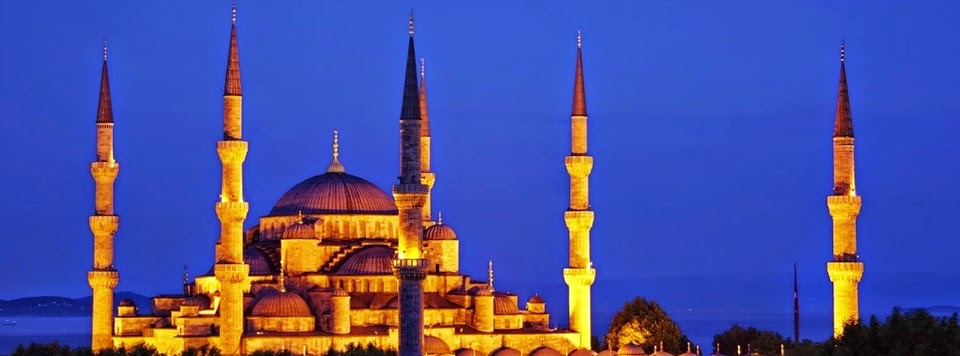Taking A Tour At Central Japan
Japan is an excellent country where vacationers and vacationers don't hesitate to go to. Central Japan has regal northern ranges and due to the broadened expressway system, the Nagoya citizens don't have worries on traveling. Central Japan has indeed changed right into a more accessible place and contains converted into a haven of all kinds. The large mountain tops and hot springs in central Japan count going to. Attractive ponds for example Taneike is close to the primary road and merely in front of it, the Ohashi trailhead is visible.
If you want to hike the mountain ranges of central Japan, you ought to be ready and undertake the experience with sufficient determination. The Mie prefecture in central Japan is an excellent spot to be. This is when the Iseya Motel is situated. It had been initially designed for the Emperor of central Japan which is a wooden building composed of three-tales. It may shelter seven-hundred people and contains large entrances around the right and left wing. If you wish to reach central Japan in under an hour or so, you ought to be acquainted with the routes. Rakuten Provides a travel fare calculator between any points with airports or rail stations.
If you're searching for a location to hike, then you can check out Hachijo-jima, that is situated within the southern part within the Izu Island. It's 3 hundred kilometers from Tokyo, japan. Many vacationers, who wish to possess a stress-free travel, visit it. You will find places in central Japan, that is a great place for diving. The waters near Hachijo-jima are very-obvious and also the motorboats are couple of enough which means you could benefit from the diving experience. Search for an British-speaking diving master in central Japan to make certain that you'd be secure. Like a tourist, you do not know all of the diving routes and spots in central Japan that's why you need to obtain a diving expert to help you. The astonishing rock formations underneath central Japan will certainly be considered a good diving place, so why wouldn't you check it out? You'll certainly enjoy the view of ocean turtles, hammerhead sharks and the range of marine existence available. You will find also many tourist spots within the areas of Nagoya, Aichi and Mei.
Nazumado is among the most well-known scuba spots in central Japan. Sokodo is really a black sand beach, that is a great place to dive, or snorkel in. Should you haven't seen a puffer fish before, this is actually the spot to see individuals spiky black urchins. Central Japan also offers soothing onsens if you're craving for individuals hot springs.
In the end the hiking and diving, the time is right that you simply relaxation parts of your muscles for some time. You can decide on a number of onsen shops to visit and look for the Uramigataki, with a hurrying waterfall along with a safari-like atmosphere inside it. Central Japan can also be filled with fantastic restaurants to fulfill your appetite. Central Japan also offers a multitude of hotels and lodging for vacationers and vacationers. There's the famous Tokyo, japan Hotel but when you're with limited funds, you are able to decide to remain at other hotels. For individuals who are likely to stay for several weeks, a condo could be cheaper. Search for the Best Airline Ticket Deals.










